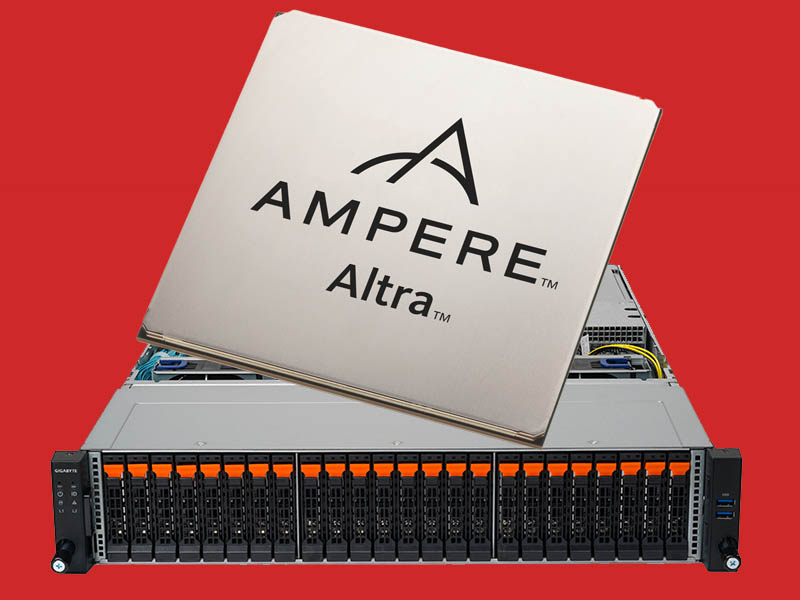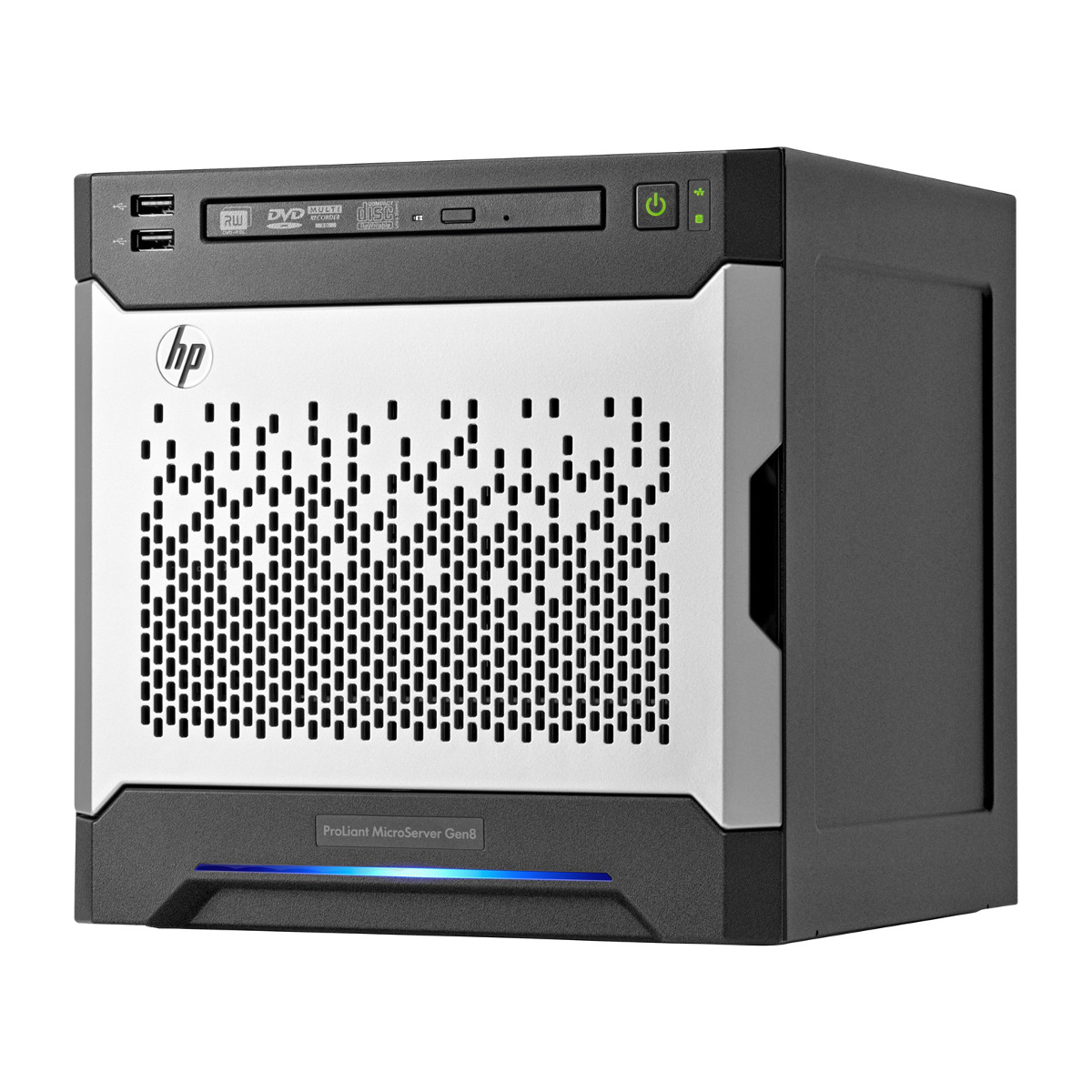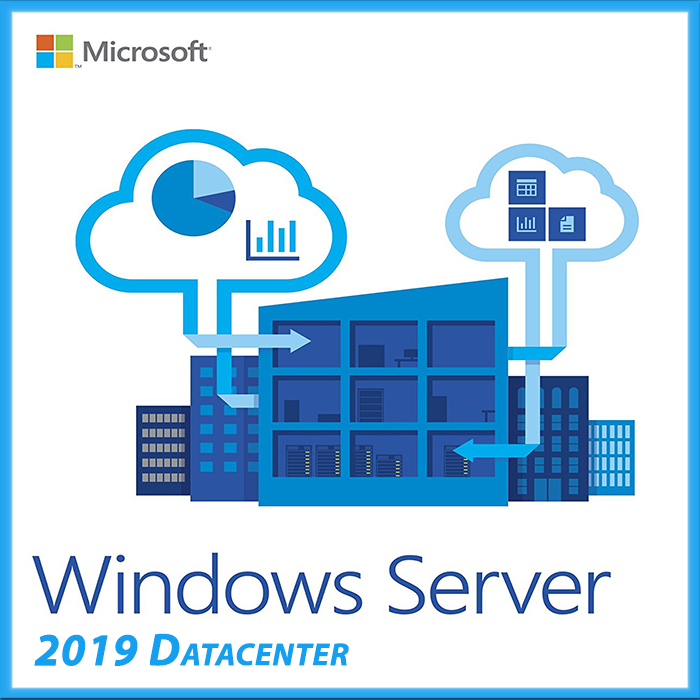Ampere Altra, a revolutionary server processor architecture, has disrupted the traditional landscape of high-performance computing. These processors, designed by Ampere Computing, boast a unique blend of power efficiency and performance, catering to the demands of modern data centers and cloud environments. Ampere Altra’s innovative design, based on the ARM architecture, offers a compelling alternative to traditional x86 processors, presenting a compelling case for businesses seeking to optimize their infrastructure for demanding workloads.
The Altra architecture features a massive number of cores, enabling parallel processing on a scale previously unseen in server processors. This allows for efficient execution of complex tasks, particularly those requiring high throughput and low latency. Furthermore, Altra’s energy-efficient design minimizes power consumption, leading to significant cost savings in data center operations.
Architectural Design

Ampere Altra is a 64-bit Arm-based processor designed for cloud computing and high-performance computing applications. It features a unique architecture that differentiates it from traditional x86 and Arm processors. This section will delve into the architectural aspects of Altra, including its core design, cache hierarchy, and memory system, comparing and contrasting it with other processor architectures.
Core Design
Altra’s core design is based on the Armv8-A architecture, specifically the Arm Neoverse N1 core. The N1 core is a high-performance, out-of-order execution core designed for server workloads. It features a number of advanced features, including:
- A large instruction window for out-of-order execution
- A deep pipeline to maximize instruction throughput
- Support for advanced instruction set extensions, such as Arm Scalable Vector Extension (SVE)
Altra’s core design prioritizes performance and efficiency for server workloads, making it suitable for demanding applications like cloud computing and data analytics.
Cache Hierarchy
Altra’s cache hierarchy is designed to provide high bandwidth and low latency access to data. It consists of a multi-level cache system, including:
- A large L1 data cache for each core
- A shared L2 cache for each cluster of cores
- A large shared L3 cache for the entire processor
This hierarchical structure allows for efficient data sharing and reduces contention for cache resources.
Memory System
Altra’s memory system is optimized for high-bandwidth memory access. It features a number of advanced features, including:
- Support for DDR4 and DDR5 memory
- A large memory controller with multiple channels
- Advanced memory management features, such as NUMA (Non-Uniform Memory Access)
Altra’s memory system ensures that the processor can access data quickly and efficiently, even for large datasets.
Comparison with Other Architectures
Altra’s architecture differs from other processor architectures in several key aspects:
- x86: Altra’s Arm-based architecture is fundamentally different from the x86 architecture. Altra focuses on efficiency and performance, while x86 processors prioritize compatibility and backward compatibility.
- ARM: While Altra is based on the Arm architecture, it is specifically designed for server workloads. This means it incorporates features that are not found in other Arm processors, such as a larger instruction window and a deeper pipeline.
Architectural Specifications, Ampere altra
| Specification | Value |
|---|---|
| Cores per Chip | 80 |
| Core Architecture | Arm Neoverse N1 |
| L1 Data Cache | 32 KB per core |
| L2 Cache | 1 MB per cluster of 8 cores |
| L3 Cache | 80 MB shared |
| Memory Support | DDR4, DDR5 |
| Memory Channels | 8 |
Power Efficiency and Thermal Management
Altra processors, designed for high-performance computing applications, are known for their impressive processing capabilities. However, their power consumption and thermal characteristics are crucial aspects to consider for efficient operation. This section explores the power efficiency and thermal management techniques employed in Altra processors.
Power Consumption and Efficiency
Altra processors are designed to deliver high performance while minimizing power consumption. They employ various techniques to achieve this, including:
- Dynamic Voltage and Frequency Scaling (DVFS): Altra processors dynamically adjust their voltage and frequency based on the workload, allowing for efficient power usage. When the workload is light, the processor operates at a lower frequency and voltage, reducing power consumption. Conversely, during demanding tasks, the processor increases its frequency and voltage to maximize performance.
- Power Gating: Altra processors utilize power gating to disable inactive components, further reducing power consumption. When a specific component is not in use, it is effectively turned off, saving energy.
- Advanced Power Management Features: Altra processors incorporate advanced power management features, such as sleep states and idle modes, to minimize power consumption during periods of inactivity. These features allow the processor to enter low-power states when not actively processing data.
Compared to traditional CPUs, Altra processors often exhibit higher power efficiency due to their specialized architecture and power management techniques. For example, in certain workloads, Altra processors can achieve significantly lower power consumption while delivering comparable performance to traditional CPUs. This makes them suitable for applications where power efficiency is paramount, such as data centers and cloud computing.
Thermal Management
Altra processors generate significant heat during operation, requiring effective thermal management techniques to ensure stable and reliable performance. Key thermal management strategies include:
- Heat Sink and Fan: Altra processors typically utilize a heat sink and fan to dissipate heat generated during operation. The heat sink absorbs heat from the processor and transfers it to the air, which is then blown away by the fan.
- Thermal Interface Material (TIM): A thermal interface material (TIM) is applied between the processor and the heat sink to improve heat transfer. TIMs are designed to fill any air gaps and provide a more efficient thermal path.
- Liquid Cooling: For high-performance computing systems, liquid cooling can be employed to manage the heat generated by Altra processors. Liquid cooling systems use a circulating liquid to absorb heat from the processor and transfer it to a heat exchanger, where it is dissipated into the environment.
Use Cases and Applications
Ampere Altra processors are designed to handle demanding workloads across a wide range of industries, from cloud computing and high-performance computing (HPC) to edge computing and artificial intelligence (AI). These processors excel in applications requiring high throughput, low latency, and efficient resource utilization.
Cloud Computing
Altra processors are widely adopted in cloud computing environments due to their ability to handle massive workloads with high efficiency. These processors provide significant advantages in cloud workloads, including:
- Virtualization: Altra processors are optimized for virtualization, allowing cloud providers to run multiple virtual machines (VMs) on a single physical server, maximizing hardware utilization and reducing costs.
- High-Performance Computing (HPC): Altra processors excel in HPC workloads, such as scientific simulations, data analysis, and machine learning, thanks to their high core count, large cache sizes, and fast memory interfaces.
- Microservices: Altra processors support the deployment of microservices, allowing cloud providers to build highly scalable and resilient applications.
- Edge Computing: Altra processors are suitable for edge computing deployments due to their low power consumption and high performance, enabling them to handle data processing and analysis at the edge of the network, closer to users.
Artificial Intelligence (AI)
Altra processors are well-suited for AI workloads, including:
- Deep Learning: Altra processors offer high-performance computing capabilities that accelerate deep learning model training and inference, enabling faster development and deployment of AI applications.
- Natural Language Processing (NLP): Altra processors are efficient in handling NLP tasks, such as text analysis, machine translation, and sentiment analysis, due to their high core count and parallel processing capabilities.
- Computer Vision: Altra processors are suitable for computer vision tasks, such as image recognition, object detection, and video analysis, owing to their ability to handle large datasets and complex computations.
Networking
Altra processors are used in networking applications, including:
- Network Virtualization: Altra processors enable the virtualization of network functions, such as routing, firewalling, and load balancing, improving network agility and efficiency.
- Software-Defined Networking (SDN): Altra processors support SDN deployments, allowing network administrators to programmatically control network devices and services.
- Network Security: Altra processors can be used for network security tasks, such as intrusion detection and prevention, leveraging their high performance and processing capabilities.
High-Performance Computing (HPC)
Altra processors are deployed in HPC environments for a wide range of applications, including:
- Scientific Simulations: Altra processors accelerate scientific simulations, such as climate modeling, drug discovery, and materials science, by providing high computational power and efficient memory access.
- Data Analysis: Altra processors are well-suited for data analysis tasks, including big data processing, data mining, and machine learning, due to their high core count and parallel processing capabilities.
- Financial Modeling: Altra processors can handle complex financial models and simulations, enabling faster and more accurate risk assessment and investment decisions.
Future Directions
Ampere Altra processors have already made a significant impact on the data center landscape, but the future holds even more exciting possibilities. The company is committed to continuous innovation, pushing the boundaries of performance, efficiency, and versatility. Ampere’s roadmap for future generations of Altra processors is driven by a deep understanding of evolving industry needs and the relentless pursuit of technological advancement.
Emerging Technologies and Their Impact
The rapid evolution of emerging technologies will undoubtedly shape the future of Ampere Altra processors. These technologies have the potential to unlock new levels of performance, efficiency, and functionality, enabling Altra processors to address a wider range of computing challenges.
- Artificial Intelligence (AI): AI workloads are becoming increasingly demanding, requiring specialized hardware to accelerate inference and training. Ampere is actively exploring ways to optimize Altra processors for AI applications, such as incorporating AI-specific accelerators or enhancing memory bandwidth to handle the massive data requirements of AI models.
- Quantum Computing: Quantum computing has the potential to revolutionize computing by solving problems that are intractable for classical computers. While still in its early stages, quantum computing is expected to have a significant impact on various fields, including drug discovery, materials science, and financial modeling. Ampere is exploring ways to integrate quantum computing capabilities into its processors, potentially enabling hybrid systems that leverage the strengths of both classical and quantum computing.
- Network-on-Chip (NoC): NoC technology offers a more efficient way to connect different components within a processor, enabling faster communication and improved performance. Ampere is investigating the use of NoC to enhance the interconnection between processing cores and other components in future Altra processors, potentially leading to significant performance gains.
Final Wrap-Up: Ampere Altra
Ampere Altra processors represent a significant advancement in server technology, offering a compelling blend of performance, power efficiency, and scalability. Their unique architecture and innovative design cater to the demands of modern data centers and cloud environments, presenting a compelling alternative to traditional x86 processors. As the demand for high-performance computing continues to grow, Ampere Altra is poised to play a pivotal role in shaping the future of server technology, driving innovation and unlocking new possibilities in the realm of data processing.




